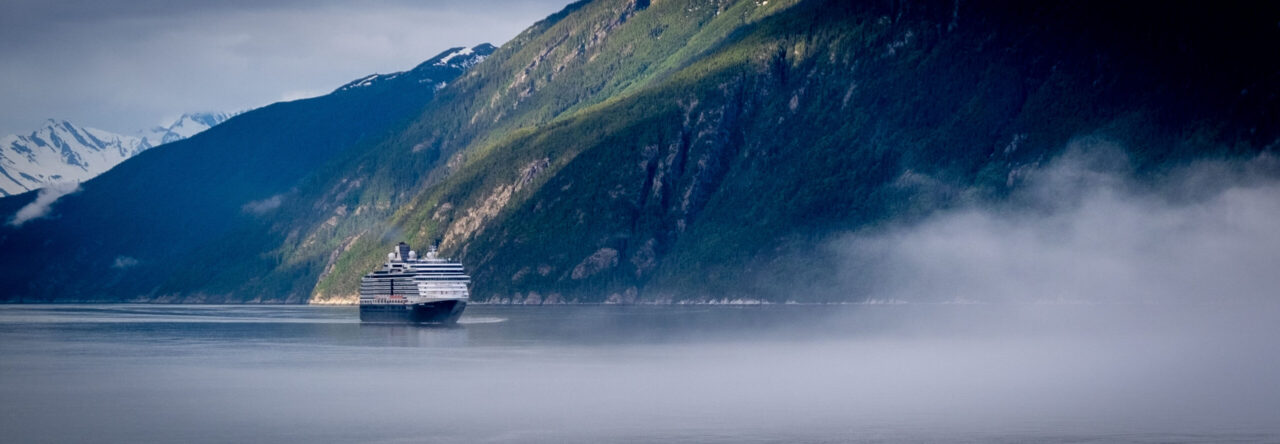
After our white-knuckled TSA experience in Orlando, we had an uneventful flight and landed in the daylight in San Juan. Once on land, we headed to El Colonial Hotel. El Colonial is probably one of my all-time favorite hotels. It has a great location in the heart of Old San Juan and a rooftop patio to hang out and enjoy the beautiful Puerto Rican weather! And of course, you can’t go wrong with their 24-hour open bar.
Once we were checked in, we headed out to see the sights. We saw everything that we saw on our first visit to Old San Juan, both Castillo San Felipe del Morro and Castillo San Cristobal. For lunch, we visited Cafeteria Mallorca, a historic eatery not far from our hotel. I had seen Cafeteria Mallorca on an old episode of Samantha Brown and it had not changed at all since that episode aired. They are known for their mallorcas, traditional Puerto Rican sandwiches dusted with powdered sugar. We enjoyed our meal so much, we came back in the morning for breakfast.
After lunch, we went back to the hotel and caught up on sleep and soaked up the air conditioning. When it had cooled down a bit, we headed back out to explore the city some more. We revisited our favorite popsicle stand from our last trip, Zip Pops. Nearby, Señor Paleta is more well known, but Zip Pops never had a line!

By this point the sun was setting and we noticed Christmas lights in Paseo de la Princesa (above). It was beautiful to walk through and enjoy the breeze without the hot Caribbean sun beating down.
This is about the time that we realized that we should have made reservations in advance for dinner. Every place we stopped had at least a two hour wait. We ended up getting seated at a restaurant and being one of the last tables served for the night. We are from a small town where most restaurants don’t take reservations, but we learned quick that that is not the case these days in cities. While there are some restaurants that book up a month or more in advance, you should probably start making plans a week in advance if you would like to eat before 9 pm.

One thing that made a big difference in this visit from the last was that there were three large cruise ships docked in Old San Juan on this day (left). I consider myself a bit of a cruise nerd and I was impressed that I recognized the Odyssey of the Seas from the air, but these large ships left off thousands of people into this historic city. At times, it was hard to get around on the old, narrow sidewalks there were so many people. Heaven help you if you needed to drive on the roads. This experience really made me consider the impact that these large ships have on the places that they visit. Yes, the ships pay to dock at these ports and the people get off the ship and spend money, but with free food and beds on the ship they do not spend as much as a land-based traveler. I’m not saying I am done with cruising, but it makes me want to figure out how to do it in a responsible way. Maybe we need to get away from the enormous mega-ships with all the bells and whistles and back to smaller boats that have less potential to overwhelm the ports they visit.
Thanks for stopping by! To read about some of our previous trips, visit my Trips Page. If you like my photos be sure to “like” my Facebook Page and follow me on Instagram! For my list of gadgets to make your travels easier, click here. To see inside my camera bag, check out my updated Gear Page.





























